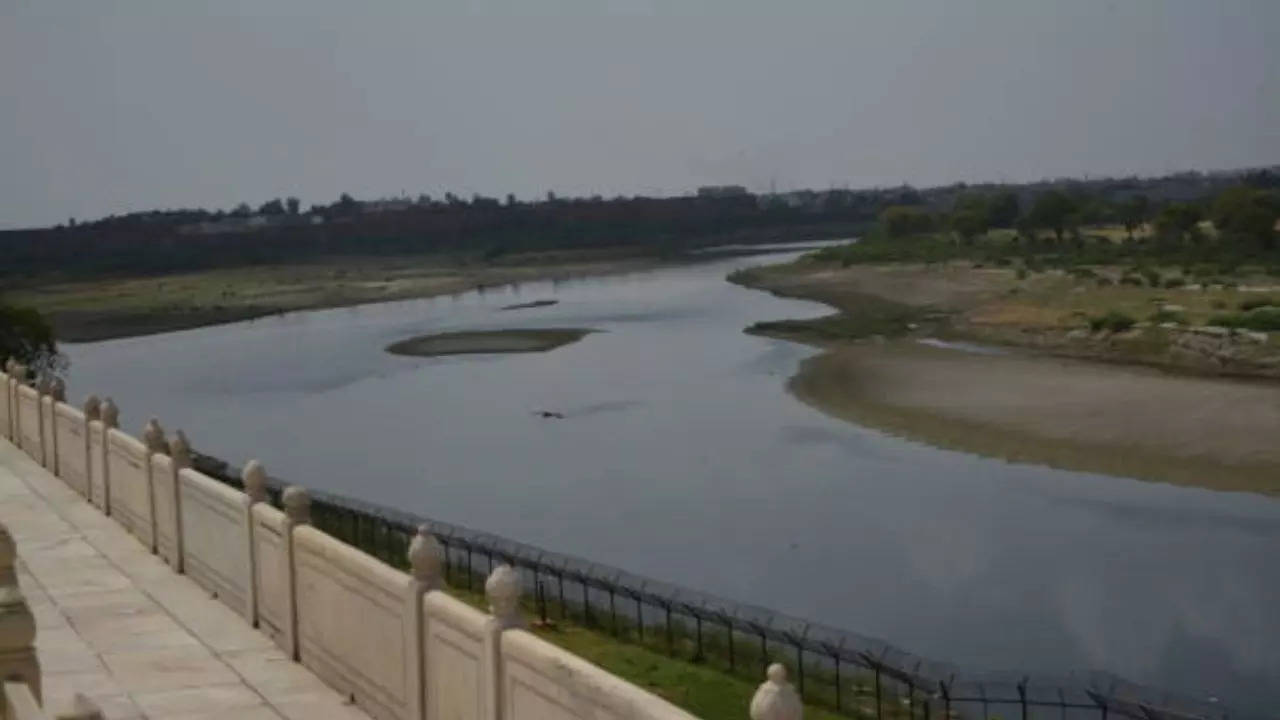Delhi Government To Install 32 Online Monitoring Stations To Combat Yamuna River Pollution; Details

New Delhi: The State government has initiated the installation of 32 online monitoring stations along the Yamuna river and various open drains to gather real-time data on pollutants. The goal is to monitor the contaminants entering the heavily polluted Yamuna and take timely measures to address them. According to officials, these monitoring stations are expected to be fully operational by the end of the year.The Delhi Pollution Control Committee (DPCC) is tasked with installing these water quality monitoring systems. These systems will track various parameters, such as biological oxygen demand, chemical oxygen demand, total suspended solids, total nitrogen (in the form of nitrates and nitrites), total phosphorus, and ammonia. The monitoring stations are required to continuously transmit data to the DPCC server 24/7, in accordance with the guidelines and standard operating procedures set by the Central Pollution Control Board (CPCB), a TOI report said. A DPCC officer highlighted the utility of the project and stated, "It will help get real-time data on the quality of the water of drains and river locations, which can be viewed in the command and control centre. This allows to easily identify the location and time when conditions deteriorate." The proposed locations for the online monitoring stations (OLMS) include Palla, ISBT bidge, ITO bridge, Nizamuddin bridge, Okhla Barrage, Najafgarh drain, Metcalf House drain, Khyber Pass drain, and Sweeper Colony drain. According to reports, OLMS will also be set up on drains that carry pollutants from other states, including DD6 at Singhu Border (Sonipat), Bhadurgarh drains, and the drains from Uttar Pradesh that connect with Shahdara, Sahibabad, and Banthia drains. The chosen contractor for this project will handle the installation and commissioning of the electromagnetic equipment. After a three-month trial run, the company will be responsible for operating and maintaining the system for an additional five years.Additionally, government reports indicated that the 22-kilometre stretch of the Yamuna between Wazirabad and Okhla in Delhi, which constitutes less than two percent of the river's total length, is responsible for approximately 80 percent of its pollution load. The primary contributors to this pollution are untreated wastewater from unauthorized colonies and slum areas, along with substandard treated wastewater released from sewage treatment plants (STPs) and common effluent treatment plants, the TOI report added.
Welcome to Billionaire Club Co LLC, your gateway to a brand-new social media experience! Sign up today and dive into over 10,000 fresh daily articles and videos curated just for your enjoyment. Enjoy the ad free experience, unlimited content interactions, and get that coveted blue check verification—all for just $1 a month!
Account Frozen
Your account is frozen. You can still view content but cannot interact with it.
Please go to your settings to update your account status.
Open Profile Settings